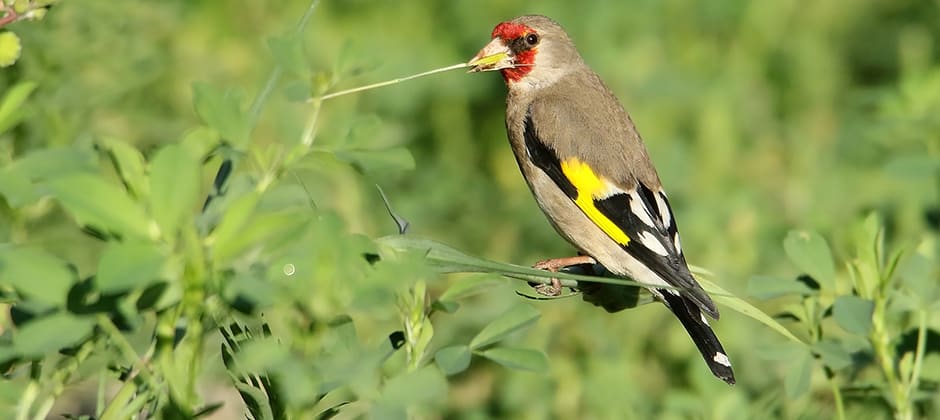Share this article
Larger farms have less bird biodiversity
The Iron Curtain is more than just a bit of Cold War history. The imaginary line across Europe has left a legacy on the landscape in many ways. One is in the size of farms from one side to the other.
On the eastern side—once part of the former Soviet Union’s sphere of influence—farms are on average about five times larger than on the western side. For wildlife researchers, that presented a perfect opportunity to study how farm size affected bird biodiversity—something that could have ramifications far beyond the Iron Curtain.
Plenty of research looked at how farm size affected agricultural productivity. But Frederik Noack, wondered about the ecological consequences. Noack was interested in farms in North America, but he found that the historical dividing line between East and West Germany could serve as a proxy for farms elsewhere in the world. “We thought this is a cool setup, although we’re not particularly interested in Germany,” he said.
In a study published recently in the American Journal of Agricultural Economics, Noack and a team of researchers from around the world used data collected from the citizen science project eBird and from breeding bird surveys. Satellite imagery allowed them to measure fields, see what farmers were growing and how productive the farms were.
The team found that farm size was the biggest factor relating to bird diversity. Larger farms on the eastern side of the prior border, which were about 200 to 300 hectares, had about 15% less species richness—meaning the same bird species were showing up again and again—than smaller farms on the western side.
Noack attributes the lack of diversity to larger farms being more homogenous. “The landscape has become completely simplified, with more monocultures of species adapted to those areas,” he said.
He and his colleagues are still trying to find out if, when they zoom out farther, more species occur on the landscape—which would suggest that, while they aren’t mixing, different species are using specific areas of large farms.
The findings aren’t just important for wildlife, Noack said. It’s also important for farmers who rely on wildlife for pollination and pest control.
“If you want to maintain ecosystem services, provide a mix of habitats for high levels of biodiversity,” he said.
Header Image: The diversity of bird species, including European goldfinches (Carduelis carduelis), decreased at larger farms in Germany, researchers found. Credit: Imran Shah








